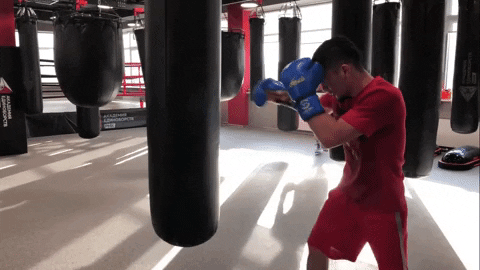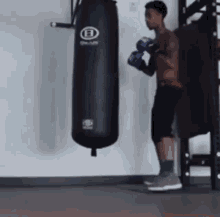disc-golf-neil
Birdie Member
- Joined
- Oct 10, 2023
- Messages
- 475
Still trying to figure out the right cue / conceptualization of coming into the power pocket to fix my shoulder angle, any thoughts on this:YW!
Yes combo of that plus better coil and tension against the rear side at the peak of the backswing
Increasing speed each time I test things out with the tech disc but still looks like shoulder is collapsing? and definitely leaning back too far as well.










